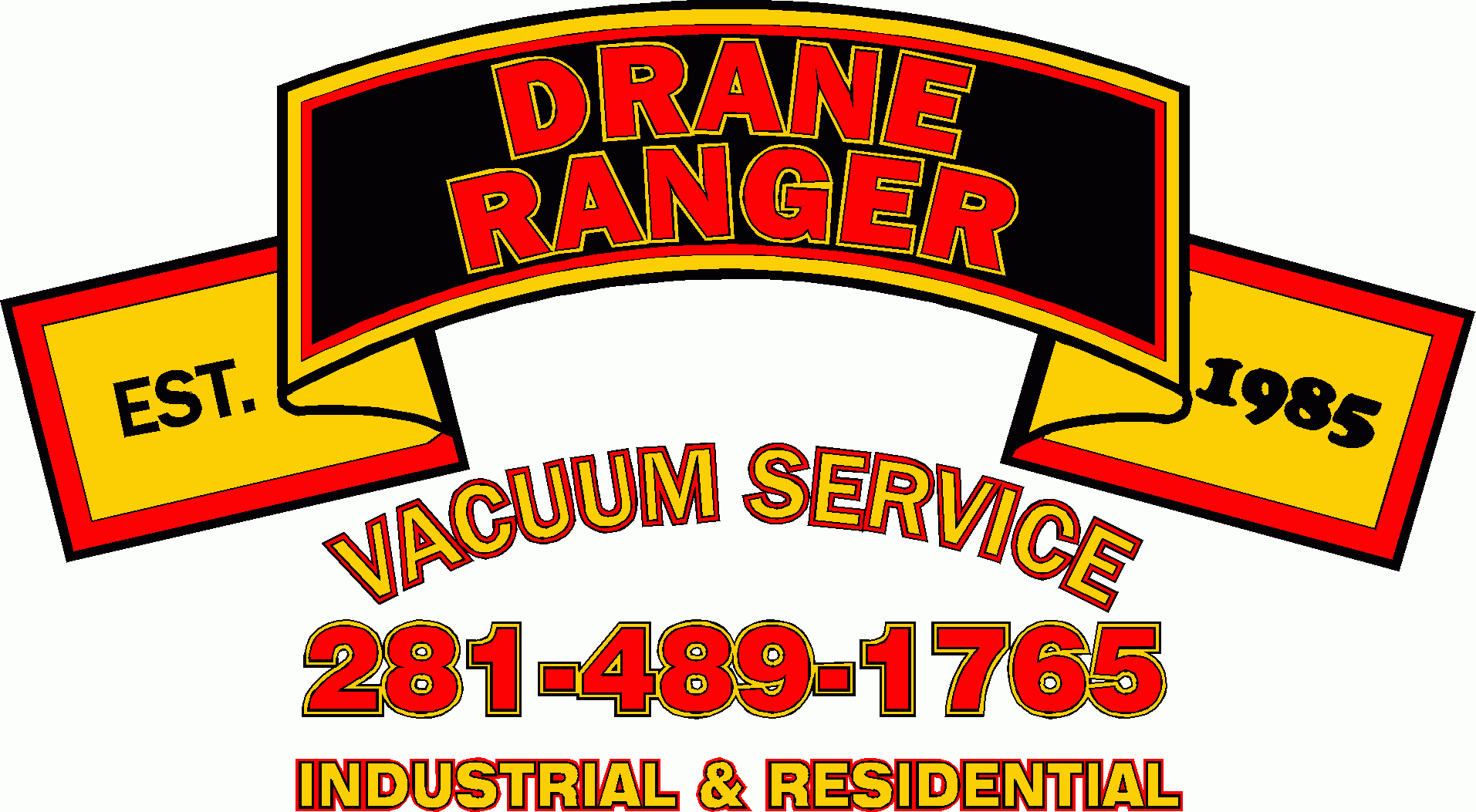Our sewage systems are far more complex than many people think. The process of collecting, processing and safely transporting our wastewater requires multiple systems working together. For some, a wastewater lift station is a key part of that system. Today, we’re going to look at how a wastewater lift station in Houston works, what makes it different from similar technologies, and how you can make sure your wastewater system is operating at its best.
What is a wastewater lift system?
At its core, a wastewater lift station moves wastewater from a lower elevation to a higher one. Many people choose a lift station over other wastewater technologies because it’s more affordable to build. The system doesn’t require a lot of excavation to install, which means it can be a lower bill at the outset. The station makes use of “gravity pipes,” sloped pipes that use gravity to move the wastewater. These move the wastewater to a wet well, which is a holding container that empties out once it reaches a certain predetermined level.
While in the wet well, the wastewater is monitored and treated. Solid materials are removed during this time and everything is carefully monitored to ensure it doesn’t overflow.
Once the wastewater rises to the set amount for the wet well, the wastewater lift station pump gets to work. Using a pressurized sewer force main, the pump “lifts” the wastewater to the next stage of its journey, which is usually towards treatment and recirculation in the larger sewage infrastructure.
There are also dry well variations on the wastewater lift station. This is a common type of wastewater lift station in Houston. With a dry well, the system is housed separately and requires more experienced servicing. This is because the separate location makes the work more potentially hazardous and difficult. No matter what type of wastewater lift station you have, you will need professional servicing. But this is especially true with a dry well system.
What’s the difference between a lift station and a pump station?
While “lift station” and “pump station” can be used intermittently, there is actually a big difference. While a lift station is focused on moving a relatively small amount of wastewater through the sewage system, pump stations are designed to move large quantities of water overall. They are common in places like Florida where vast amounts of water may need to be moved. You are far more likely to find a wastewater lift station in Houston than a pump station.
Where to find quality wastewater lift station service
Do you own a wastewater lift station in Houston? Then you will need experienced and reliable service professionals to perform routine cleanings, maintenance, and the safe removal of wastewater when required. Drane Ranger has been offering these services to people in Houston and the surrounding areas for decades.
Contact us today to set up regular services for your wastewater lift station in Houston. We can ensure that your system is operating at its best instead of waiting for something to break. This keeps your wastewater system operating properly and can save you money by fixing small issues today instead of large ones later. For a wastewater lift station that lasts longer, contact Drane Ranger today.
